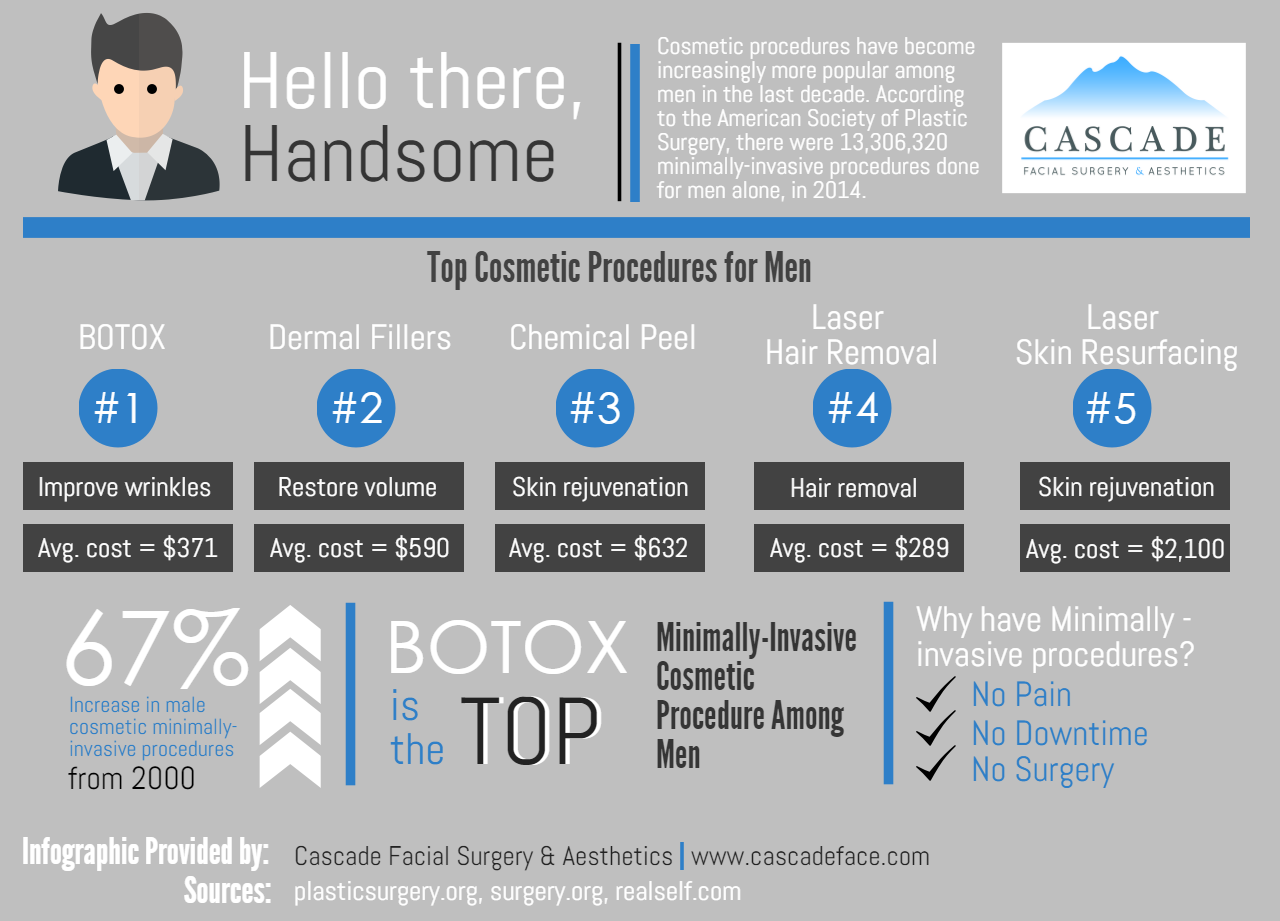Photodynamic treatment (PDT) combines a light-sensitive medication with special light to eliminate cancerous and precancerous cells. Your medical professional puts the medicine on your skin or inside your eye and afterwards radiates a light on the treatment area.
This mix eliminates malignant cells and saves healthy tissue. Yale Medicine pulmonologist George Eapen, M.D., clarifies just how this functions.
The Photosensitizer
Photodynamic therapy (PDT) uses a combination of light and a medication called a photosensitizer to eliminate cancerous or precancerous cells and spare healthy and balanced cells. You get an injection of the photosensitizer, which is after that turned on by light in your body. The photosensitizer is soaked up by both healthy and cancerous cells but isn't poisonous till it is triggered by the light.
Light-absorbing molecules, called photosensitizers, are located in plants and animals, including human beings. There are several photosensitizers, however many are able to soak up a details variety of light wavelengths.
When the photosensitizer is exposed to a light with a coordinating spooky variety, it's converted from its ground state right into an ecstatic singlet state. This enables it to transfer power to molecular oxygen, producing singlet oxygen and free radicals that moderate cellular poisoning.
The Light
Throughout treatment, a special light is beamed on the area where the photosensitizer was applied. This light activates the medicine and ruins cancer cells or precancerous cells that it has targeted.
The medicines that are utilized in photodynamic therapy have various absorption buildings and a few of them may take hours to leave regular cells however remain much longer in cancer cells or precancer cells. This process permits the physician to target cancer cells more specifically than other sorts of treatments that use noticeable light, such as lasers or electrocautery [54]
Photodynamic therapy can deal with the earliest areas of sun damages known as actinic keratosis and can lower skin cancer growth in people at high risk for creating the condition. It is additionally a choice for some patients with damp type age-related macular deterioration, which is a common source of loss of central vision in older grownups. It can not bring back the loss of vision caused by this illness, but it can lactic acid decrease the progression of irregular blood vessel growth that causes damp AMD.
The Activation
Photodynamic therapy (PDT) makes use of a medication and light to deal with cancer and various other skin problem. It targets precancerous cells and eliminates them. Unlike other cancer cells treatments that melt and destroy, this therapy kills precancerous cells while sparing healthy and balanced tissue.
The photosensitizer is provided into the skin with topical, oral or intravenous management. It is absorbed by the lump cells and activated when revealed to light of a particular wavelength. This causes a series of photochemical responses that produces responsive oxygen types (ROS) that damages tumor cells and eliminate cancer cells.
PDT is usually made use of to treat actinic keratoses and sitting squamous cell carcinoma (Bowen illness). It can also be utilized to treat other sorts of skin cancer, consisting of superficial basic cell carcinoma. It can be made use of alone or with other treatments, such as surgical procedure or radiation. It can even reduce tumors in the lungs, enabling surgical procedure or other therapy to be safe and efficient.
The Therapy
PDT works finest in small unusual locations of tissue that a light can get to, such as the skin, eyes, mouth or food pipe (oesophagus) and lungs. It is additionally used to treat precancerous developments, such as actinic keratoses, which are sun-damaged cells that can turn into cancer.
Medical professionals administer the photosensitizer as a cream or shot, and afterwards shine a light on the treatment location. The light destroys the irregular cells. While healthy and balanced cells absorb the photosensitizer, it stays much longer in malignant cells.
After the procedure, your body normally disposes of the dead cells. Individuals with lung cancer cells may experience spending blood or have a bronchoscopy to get rid of the lungs of the dead cells. In some cases, your physicians might use a bronchoscopy to remove the photosensitizer from the lungs also if it creates serious signs. It is very important to remain indoors and use sunscreen when you go outside while the photosensitizer remains in your system.
